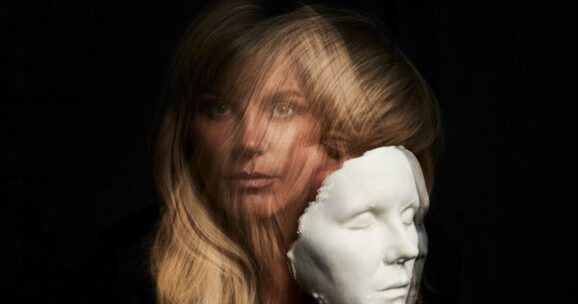In these times the blending of Black music genres such as hip-hop, R&B, electronica and jazz are usually highly acclaimed based on the success of artists such as Robert Glasper, Thundercat, Kamasi Washington, Terrace Martin, Derrick Hodge, to name just a few. Yet, when we travel back to 1969, we learn of a different reception for the avant-garde ground-breaking saxophonist Albert Ayler. As edgy and far-out that Ayler was for many, New Grass in some respects was his most accessible album. Yet, even though it was misunderstood and virtually hated by critics and fans alike, it has ironically stood the test time and become a landmark album of sorts. This was likely the label, Impulse’s, attempt to bring Ayler more into the mainstream with a bluesier sound, adding the vocals of Rose Marie McCoy, a soul horn section, backup singers, a proven soul drummer, Bernard “Pretty” Purdie and electric rock bass to Ayler’s distinctive, aggressive shrieking horn.
Some cried “sell-out” but, other than in a few sequences, Ayler maintained his signature free jazz sound, (which those same critics liked) and his vocals and tenor playing were hardly the kind of stuff to gain commercial airplay. That Ayler went along willingly traces in part to his beginnings, playing saxophone with Chicago bluesman Little Walter in the ‘50s. Here his screeching is mixed with definite R&B riffs and an obvious ‘50s style honking nod to “Slippin and Slidin” on “New Generation.” The album begins as if it’s the signature Ayler sound but ends with words from Ayler, who seemingly sensed the divisiveness of the album, explaining that New Grass is nothing like his albums before – That it is of “a different dimension of his life” in “Message from Albert.”
Keep in mind that this period also marks other such bold moves as Dylan going electric or The Stones going psychedelic or Miles turning to rock. Revolutionary moves like that initially were met with more scorn than admiration even though the late ‘60s and early ‘70s was perhaps the most imaginative period across all genres. Jazz and even avant-garde was well accepted and established while soul music was viewed by many as primitive. Ayler challenged these norms by melding the two in this adventurous outing, filled with joyous grooves, unbridled passionate vocals, and surprising arrangements. Nothing existed like this before, and nothing has since.
Despite the divisive, largely negative initial reception the album did help in breaking down barriers and presenting a broader, more expansive palette of music. New Grass, as mentioned, stands as a landmark that influenced generations of jazz, R&B, funk, hip-hop, post punk and other forms. Even the contemporary artists mentioned in the opening have undoubtedly been influenced through this. Certainly, artists such as Pharaoh Sanders, Alice Coltrane, Funkadelic, Jungle Brothers, Sonic Youth and Mark E. Smith attest to its impact.
Aside from its adventurous nature, the album is truly uplifting. Listen to Ayler’s signature soloing, both on tenor and flute, backed by Purdie’s driving beats on “Sun Watcher.” There’s McCoy’s searing lead vocal backed by the full soul ensemble on “New Generation,” the bizarre vocal interplay between McCoy and Ayler followed by a rather comical New Orleans march-like groove in “New Ghost.” Hear the nod to the “Star-Spangled Banner” that morphs into a shouting dance-like chorus and a honking ‘50s-styled R&B on steroids in “Heart Love,” where Ayler, uncharacteristically spends much of his blowing time in the lower registers before engaging in his patented high screeches. The dance motif chocked full of punchy choruses and horns continues into “Everybody’s Moving” and Ayler solos with a filthy funky approach. Finally, the album aptly closes with the gospel shout-out “Free at Last” – the blending of Ayler’s sax with the backing horns and vocalists is remarkable, comparable only to some of Sun Ra’s vocal albums, which, of course, came later.
Misunderstood, hated, experimental…Today New Grass would be hailed as nothing short of brilliant – a huge, uplifting, healing dose of joy.








